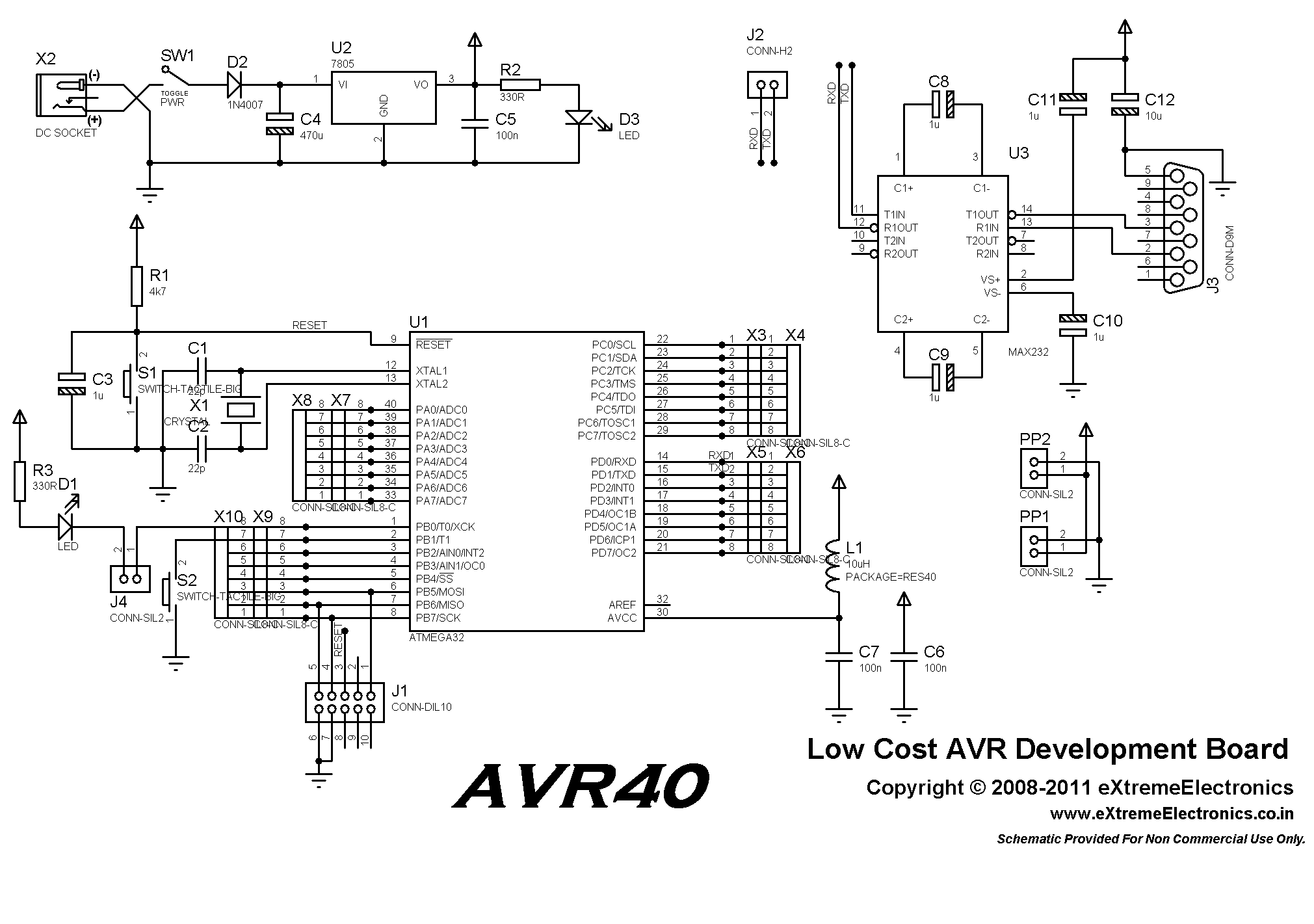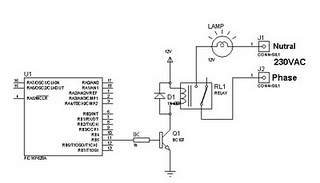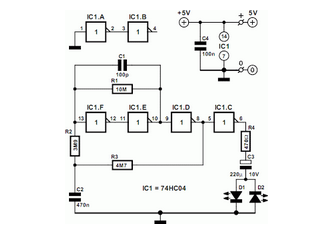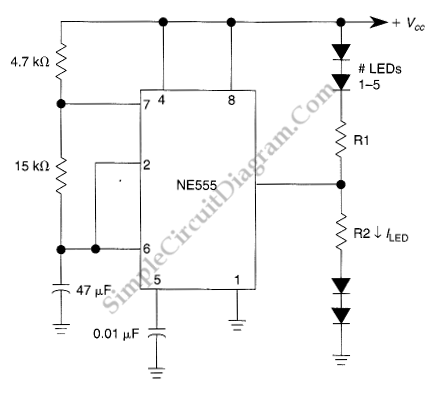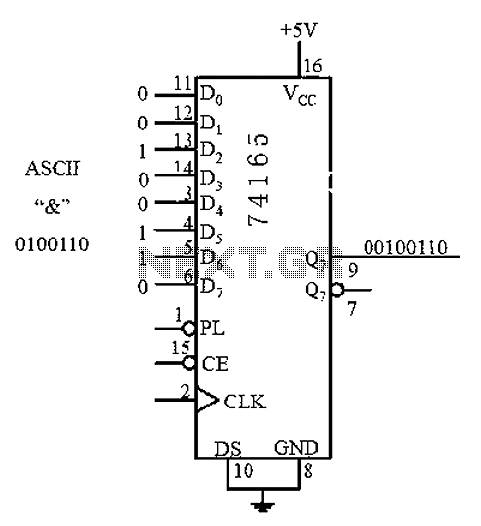
ATMEGA32 8-bit AVR Microcontroller with 32K Bytes In-System Programmable Flash
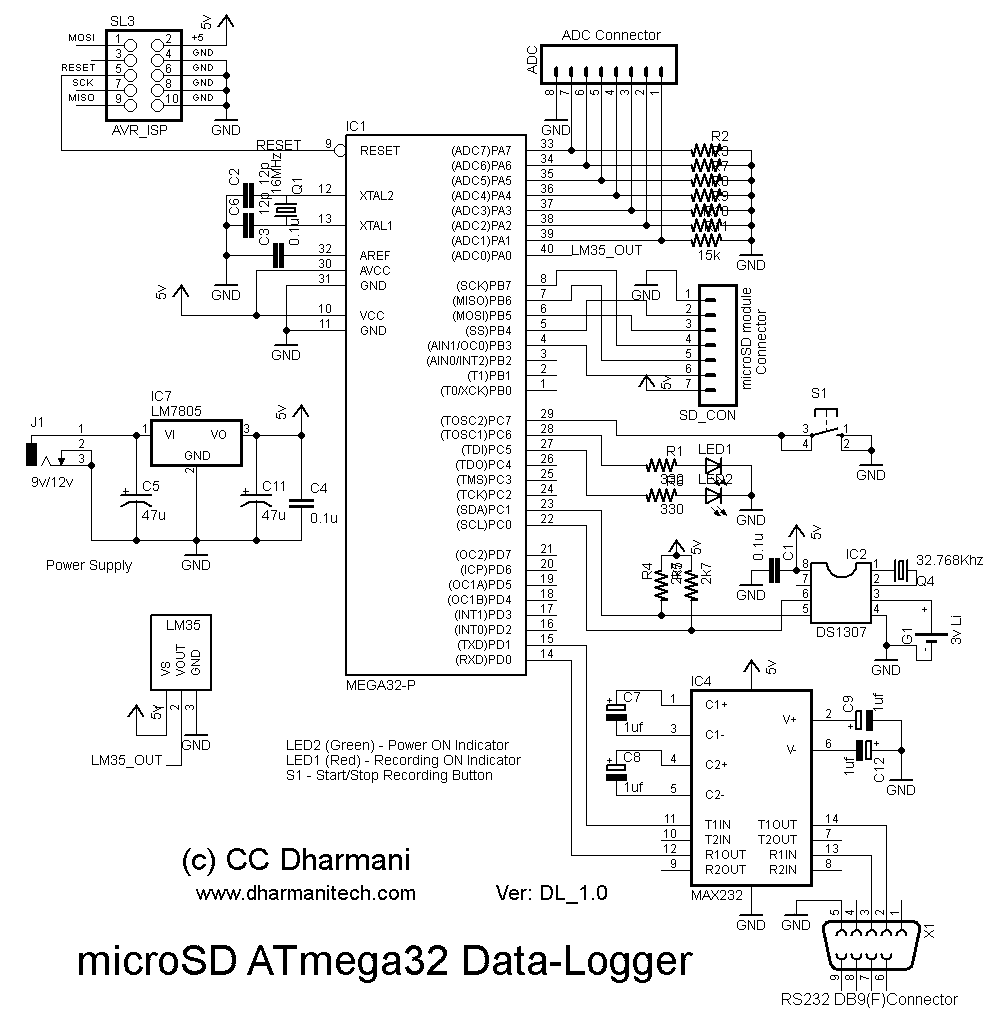
This article discusses the Gadgets, Gizmos, and Arduino (ATMega328). The content is straightforward and informative. The components mentioned in this article can enhance the understanding of the subject. For instance, readers can find and purchase components such as the ATMega328. The circuit kit overview aims to raise awareness and inspire ongoing innovation in the field of synthetic biology. The iGEM team has designed a simple hardware demonstration platform that allows mentors to enable students to interact with a physical model of their project. The ATmega32 provides a comprehensive set of peripherals beneficial for such projects; however, utilizing these peripherals reduces the availability of general-purpose I/O pins. To maximize the potential of the ATmega32's peripheral set, it is essential to categorize the I/O requirements. The software operates in a state machine manner with various states, including power-up graphics, main time/date display, main menu, clock setting, alarm setting, and backlight timing. The objective of this project is to provide a method for storing a substantial amount of data on a microSD card in FAT32 format, utilizing the ATmega32 for data collection and interfacing with the microSD. Data is received from the built-in 8-channel ADC of the ATmega32, with one channel designated for temperature readings from an LM35 sensor. This simple AVR programmer can transfer hex programs to most ATMEL AVR microcontrollers, demonstrating reliability and ease of construction. The programmer supports various AVR microcontrollers, including the ATmega103, ATmega161, and ATmega163. The article also touches on programming methods for ATmega32 series microcontrollers, which include parallel programming, ISP programming (In-System Programming), and JTAG programming.
The project described focuses on the integration of the ATMega328 microcontroller with various components to facilitate a user-friendly interface for data collection and display. The ATMega328, a member of the AVR family, is known for its efficiency and versatility in embedded applications. The microcontroller features multiple I/O ports, which allow for the connection of various sensors and actuators.
In this setup, the microcontroller is connected to an 8-channel ADC, enabling it to read analog inputs from various sensors. The LM35 temperature sensor serves as one of the inputs, providing accurate temperature readings that can be processed by the microcontroller. The data collected is stored on a microSD card formatted in FAT32, allowing for easy access and management of large data sets.
The software architecture is designed using a state machine approach, which simplifies the control flow and enhances the responsiveness of the system. Each state is defined to perform specific tasks, such as displaying power-up graphics, managing the main time/date display, or allowing the user to set alarms and backlight timings. This modular approach not only improves code organization but also facilitates debugging and future enhancements.
To program the ATMega328, various programming methods can be utilized, including ISP and JTAG. The choice of programming technique may depend on the specific application requirements and the development environment. The project also emphasizes the importance of reliable programming tools, such as the AVR programmer, which ensures that hex files are accurately uploaded to the microcontroller.
Overall, this project exemplifies the application of the ATMega328 in practical scenarios, particularly in educational settings where students can interact with hardware and learn about microcontroller functionality and programming. The combination of hardware and software elements creates a comprehensive platform for innovation and exploration in the fields of electronics and synthetic biology.This article describes the Gadgets Gizmos and Arduino (ATMega328). The content is very simple, very helpful. Components in this article can help you understand better understanding of this article. For example, in this article, you can go to find and buy these components: ATMega328. A Geek How-To, . Circuit Kit: Overview In order to raise awarenes s, and motivate continued innovation in the field of synthetic biology, our iGEM team took the initiative to design a simple hardware demonstration platform, with which mentors can allow students to interact with a physical model of our project! The pl. The ATmega32 offers a rich set of peripherals useful for this sort of project, but inevitably once you start to use those peripherals, the availability of general-purpose I/O pins shrinks.
To realize the maximum amenity from the ATmega32s peripheral set, you therefore need to categorize your I/O requ. Software:The software is written in a state machine manner. Here are the states: (the state numbers were chosen randomly)State 1: Show the power up graphicsState 2: Main time/date displayState 50: Main menuState 60: Set the clockState 61: Set the alarmState 62: Set the backlight timesState 63: Set t.
Aim of this project is to present a way to store a large quantity of data into microSD card in files with FAT32 format. Here, ATmega32 is used for data collection and microSD interface. The data is received from in-build 8-channel ADC of ATmega32. One channel is used for reading temperature from LM3. This simple AVR Programmer able to transfer hex programs to most ATMEL AVR microcontrollers. It is more reliable than most other simple AVR programmers available out there and can be built in very short amount of time.
This Programmer support the AVR microcontroller ATmega103, ATmega161, ATmega163, . So far I`ve discussed about the micro controller and the compiler software. I`ve yet not written anything about programming. ATmega32 series micro controllers support 3 types of programming Parallel Programming ISP Programming or serial Programming Programming via JTAGHere ISP stands for In Sys. Hi all, We are introducing you to a new author Rakesh Bute today. Rakesh is an engineering student in the stream of Applied Electronics and Instrumentation from Asansol Engineering College.
He will be writing a series of articles about AVR micro controllers, which later will be combined to form as. 🔗 External reference
The project described focuses on the integration of the ATMega328 microcontroller with various components to facilitate a user-friendly interface for data collection and display. The ATMega328, a member of the AVR family, is known for its efficiency and versatility in embedded applications. The microcontroller features multiple I/O ports, which allow for the connection of various sensors and actuators.
In this setup, the microcontroller is connected to an 8-channel ADC, enabling it to read analog inputs from various sensors. The LM35 temperature sensor serves as one of the inputs, providing accurate temperature readings that can be processed by the microcontroller. The data collected is stored on a microSD card formatted in FAT32, allowing for easy access and management of large data sets.
The software architecture is designed using a state machine approach, which simplifies the control flow and enhances the responsiveness of the system. Each state is defined to perform specific tasks, such as displaying power-up graphics, managing the main time/date display, or allowing the user to set alarms and backlight timings. This modular approach not only improves code organization but also facilitates debugging and future enhancements.
To program the ATMega328, various programming methods can be utilized, including ISP and JTAG. The choice of programming technique may depend on the specific application requirements and the development environment. The project also emphasizes the importance of reliable programming tools, such as the AVR programmer, which ensures that hex files are accurately uploaded to the microcontroller.
Overall, this project exemplifies the application of the ATMega328 in practical scenarios, particularly in educational settings where students can interact with hardware and learn about microcontroller functionality and programming. The combination of hardware and software elements creates a comprehensive platform for innovation and exploration in the fields of electronics and synthetic biology.This article describes the Gadgets Gizmos and Arduino (ATMega328). The content is very simple, very helpful. Components in this article can help you understand better understanding of this article. For example, in this article, you can go to find and buy these components: ATMega328. A Geek How-To, . Circuit Kit: Overview In order to raise awarenes s, and motivate continued innovation in the field of synthetic biology, our iGEM team took the initiative to design a simple hardware demonstration platform, with which mentors can allow students to interact with a physical model of our project! The pl. The ATmega32 offers a rich set of peripherals useful for this sort of project, but inevitably once you start to use those peripherals, the availability of general-purpose I/O pins shrinks.
To realize the maximum amenity from the ATmega32s peripheral set, you therefore need to categorize your I/O requ. Software:The software is written in a state machine manner. Here are the states: (the state numbers were chosen randomly)State 1: Show the power up graphicsState 2: Main time/date displayState 50: Main menuState 60: Set the clockState 61: Set the alarmState 62: Set the backlight timesState 63: Set t.
Aim of this project is to present a way to store a large quantity of data into microSD card in files with FAT32 format. Here, ATmega32 is used for data collection and microSD interface. The data is received from in-build 8-channel ADC of ATmega32. One channel is used for reading temperature from LM3. This simple AVR Programmer able to transfer hex programs to most ATMEL AVR microcontrollers. It is more reliable than most other simple AVR programmers available out there and can be built in very short amount of time.
This Programmer support the AVR microcontroller ATmega103, ATmega161, ATmega163, . So far I`ve discussed about the micro controller and the compiler software. I`ve yet not written anything about programming. ATmega32 series micro controllers support 3 types of programming Parallel Programming ISP Programming or serial Programming Programming via JTAGHere ISP stands for In Sys. Hi all, We are introducing you to a new author Rakesh Bute today. Rakesh is an engineering student in the stream of Applied Electronics and Instrumentation from Asansol Engineering College.
He will be writing a series of articles about AVR micro controllers, which later will be combined to form as. 🔗 External reference
